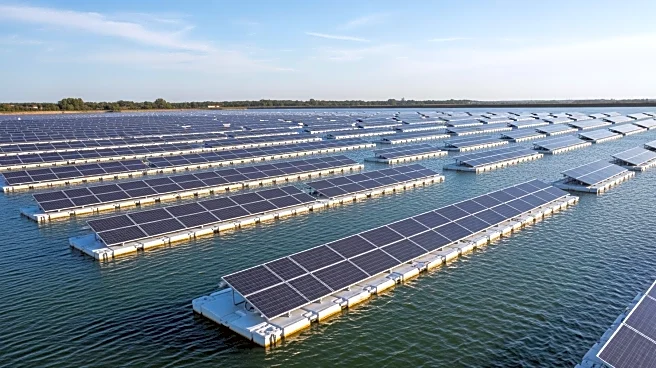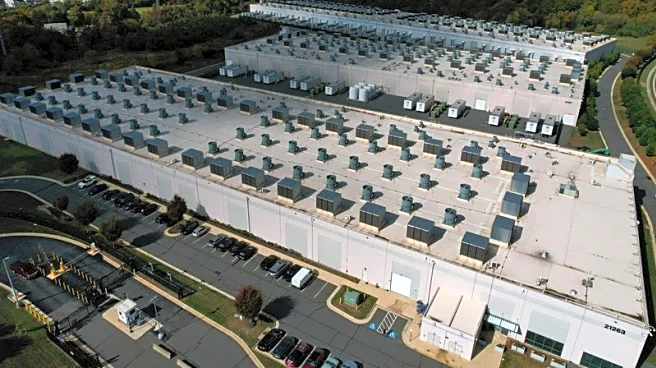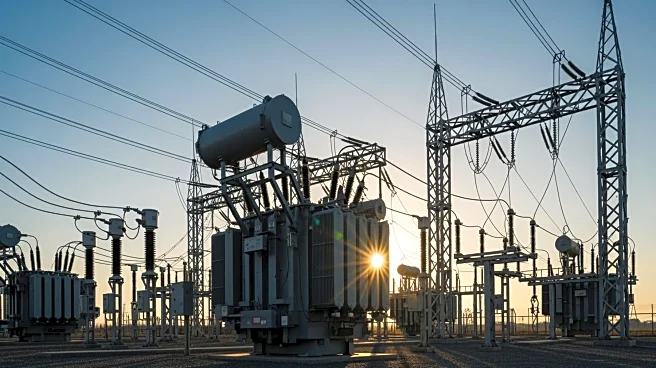What's Happening?
Texas has adopted a pragmatic approach to energy policy, focusing on affordability and reliability rather than political ideology. The state has leveraged its natural gas, wind, and solar resources to maintain
competitive electricity prices, which are 24% lower than the national average. This strategy has led to a significant increase in solar capacity, reducing market prices and enhancing energy resilience. However, recent federal legislation may hinder further growth in solar and wind power, potentially increasing future electricity costs. Texas continues to innovate with consumer-friendly market rules, such as offering free power during off-peak times and incentivizing smart EV charging.
Why It's Important?
Texas's approach to energy policy serves as a model for balancing economic and environmental goals. By prioritizing practical solutions over political debates, the state has managed to keep electricity prices affordable while expanding renewable energy sources. This strategy not only benefits consumers but also contributes to the state's energy resilience, reducing dependency on any single type of generation. The potential unwinding of federal tax credits for carbon-neutral generation poses a challenge, as it could limit future growth in solar and wind power, impacting both affordability and economic growth.
What's Next?
Texas may face increased electricity costs if federal tax credits for renewable energy are reduced. This could affect the state's ability to meet growing energy demand with clean sources. The state is also exploring next-generation nuclear power projects, supported by the Texas Energy Fund, to diversify its energy mix further. Continued innovation in consumer-friendly market rules and investment in battery storage will be crucial to maintaining energy resilience and affordability.














